Has protecting nature been your goal this season? Learn how to be an environmentalist in the following simple steps.
The hard fact is nature is all we have! Our survival depends on it. This means protecting nature is not a mere suggestion but an obligation.
Everything that guarantees our existence, including food, air, water, clothing, and shelter, comes from nature. How can we live with ourselves if our actions today compromise the quality of life for future generations?
As the late Nobel Prize winner and environmentalist Prof. Wangari Maathai said, ‘Mother nature can be very generous, but still pretty unforgiving.’ If we don’t conserve and preserve nature, it will destroy us.
We must protect our environment. But how? While we cannot all become environmental scientists, we can always be mindful of our daily activities that impact the environment. I have prepared this guide to help you learn how to be an environmentalist in every little thing you do.
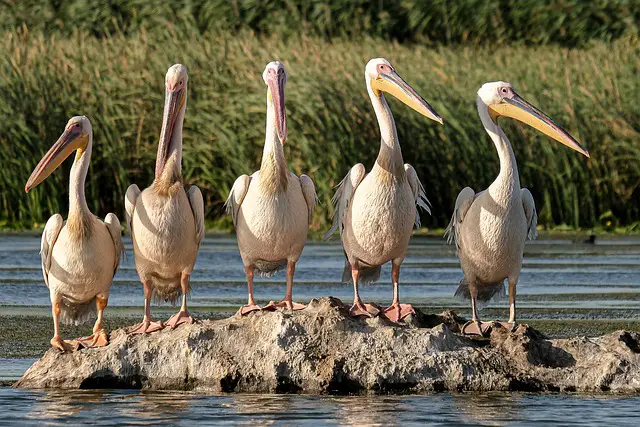
Who is an Environmentalist?
An environmentalist is anyone involved in practices that protect and preserve both the Planet’s natural resources and its inhabitants. Environmentalists can pursue careers in various fields, and have varying job descriptions, but with the ultimate goal of keeping balance in the earth’s ecosystem.
Some of the main careers that interest environmentalists include, Environmental Educators, Habitat Conservationists, Marine conservationists, Environmental Engineers, Environmental Scientists, etc. Any of these jobs allows you to pursue your passion for protecting nature.
And, whichever path you choose as an environmentalist, the end game is to ensure that natural resources, animals, and plants all coexist without any threat of extinction.
Over the years, we have seen great and famous environmentalists stand up to the destruction of the environment by various human activities.
Their efforts have seen an increase in populations of the once dwindling animal and plant species, as well as creating a better sustainable environment.
Easy Steps for Becoming an Environmentalist
To be a professional environmentalist, you must first attain the following education and training qualifications.
Education Qualifications
First, individuals pursuing careers as environmentalists should achieve a 4-year bachelor’s degree. This should be from an accredited institution.
Environmentalists will major in chemistry, biology, environmental science, entomology, urban planning, agriculture, etc.
However, if you have completed a 4-year degree in any other field, you can also seek entry-level employment in this field.
Training and Experience
Education alone will, in most cases, not be sufficient to get a job. For this reason, you need some exposure and training on the job. The best way to achieve this is by signing up for internships.
While some internships will be part of your degree program, you can seek more after completing your studies. This will give you more exposure and experience on how things run in this field.
With these environmentalist qualifications, you can chase your dream of becoming an environmentalist. Some of the crucial skills that will give you an upper hand as an environmentalist include:
- Interest and passion for saving the environment – easily identify human activities adversely affecting nature.
- Be a flexible and resilient person who can work in strenuous conditions, including long working hours.
- Be able to provide logical solutions for the issues affecting the environment.
- Knowledge of using some tools and instruments necessary to evaluate and determine the ideal environmental solutions.
- Immense knowledge of the environment, issues affecting it, and possible ways to avert the underlying problems.
How to be an Environmentalist Everyday
Not having a degree or a job as a professional environmentalist doesn’t mean you can’t protect nature. As I said earlier, everyone can become an environmentalist in their small ways. What matters most is the end goal – protecting our beloved environment and its inhabitants for us and future generations.
Whether a famous celebrity environmentalist or a common individual with a passion for the environment, the little things we do matters.
With that in mind, let’s dive in and see how to be an environmentalist. How do you go about it?
Choose Your Cause
This is the first and most important part of becoming an environmentalist. What’s your passion for the environment? The fact is that there are too many areas you can concentrate on to make a difference.
For instance, areas like endangered species protection, forest protection, recycling, reduction of greenhouse gases, and marine pollution might pique your interest.
Whichever cause you pick, you should study and research it to ensure you have all the necessary data. Learning and solving your local area’s environmental issues is always the perfect place to start.
Use Your Talents for a Greener Cause

What are you best in? How can that help with environmental preservation? Identifying and using your talents for a greener cause is the easiest and most effective way to become an environmentalist.
For instance, are you a good writer? Can you play instruments, bake, paint, or even sing? All these are talents you can use to educate, create awareness, or raise funds towards environmental protection.
The best thing about talent is that age doesn’t matter. Through talent, a young environmentalist like Greta Thunberg has made immeasurable contributions towards protecting nature than most of us can achieve in a lifetime.
But, I believe that anyone can make a difference. You just need to start.
Educate Yourself as You Educate Others
Do thorough research and learn more about how nature works and ways you can assist in protecting it. Get as much information as you can to help your cause.
Things like environmental books, articles, or magazines can be quite instrumental in this. You can also read through blogs on environmental issues or watch documentaries.
With such information, you can now easily educate others on the important issues and help them become environmentalists. With technological advancements, social media platforms like Facebook or YouTube can help you pass on your message.
You can also start an educative blog on the same.
Stay Connected
While you can approach this as a solo mission and try changing the world on your own, connecting with the right people makes it even more effective. Try connecting with experts in the field or simply other like-minded individuals. This is one easy way of getting the best tips for being an environmentalist.
You can join online environmental websites, social media groups, or organizations. Also, you can try creating social media presence like a YouTube channel to pass your information to the target audience.
Joining hands creates a bigger impact, making it easy to effect significant global changes.
How to be an Environmentalist: Simple Things that Matter
Go Green
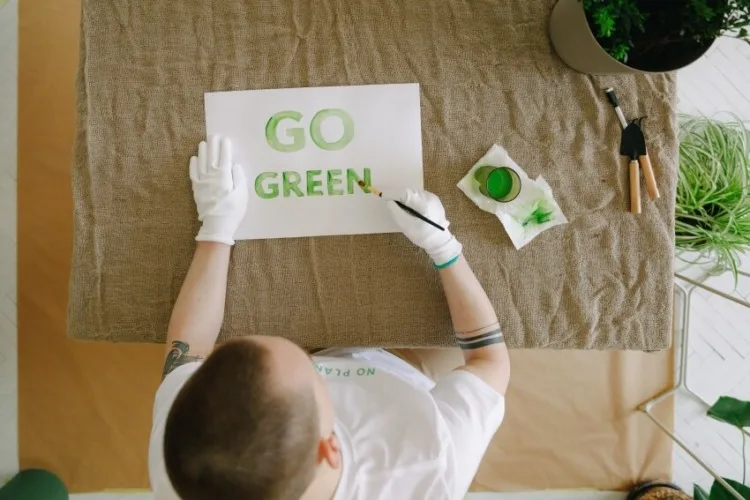
Going green starts with the simplest things we do every day. From what we eat and dress to how we dispose of our waste.
The 3Rs concept, reduce, reuse, recycle, is a perfect example of how we can keep our environment clean and habitable.
For instance:
What do you eat?
The foods we eat should be from sustainable sources. For example, how plants are grown or animals are reared should be eco-friendly.
Eco-friendly crops include those grown organically without pesticides or other chemicals that can harm the environment. There are numerous options for environmentally friendly veggies, meats, and other foods that you can try out.
What do you wear?
Recently, more people have become eco-conscious, even in how they wear. Eco-friendly clothing is an incredible option when learning to be an environmentalist.
The clothing we buy should be made from eco-friendly materials or produced sustainably. There are various sustainable clothes, shoes, and even swimwear that can help promote your cause.
How do we dispose of our waste?
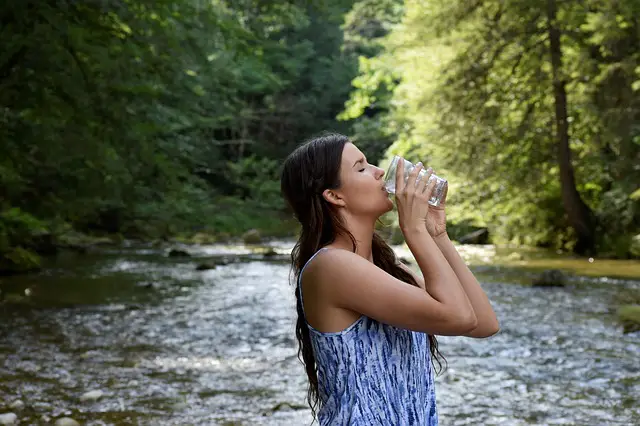
The easiest way to maintain a clean environment is by maintaining the 3R concept. If possible, let’s reduce the amount of waste we generate daily. This ensures that less waste goes to landfills and water sources.
Reusing the products for the same or different purposes ensures we don’t produce more new products. This saves on energy and the environment.
Lastly, proper recycling of our waste ensures that our environment stays clean and free from harmful items like plastic on water bodies. Proper disposal of our waste materials is thus crucial for a healthy environment.
Using Eco-friendly Electronics
Electronics are the major energy consumers in our homes. And, using better alternatives that consume less is the best way of reducing our carbon footprint. But how?
- Use energy-efficient TVs – LEDs
- Energy-efficient lighting
- Eco-friendly laundry machines and dishwashers
- Use energy-efficient showers, etc.
All these reduce your home’s monthly energy consumption.
Less Gas Consumption
Vehicles are a major contributor to global warming due to the emission of greenhouse gases. As fuel burns, more greenhouse gases go into the atmosphere. Therefore, reducing how much you use your car can be an important environmentalist strategy.
You can achieve this through:
- Using electronic scooters to commute – if you live near the city
- Use public transport like the train or metro buses
- Buy a bicycle for the last mile commute
- Share rides
Meatless Days or Eating More Veggies
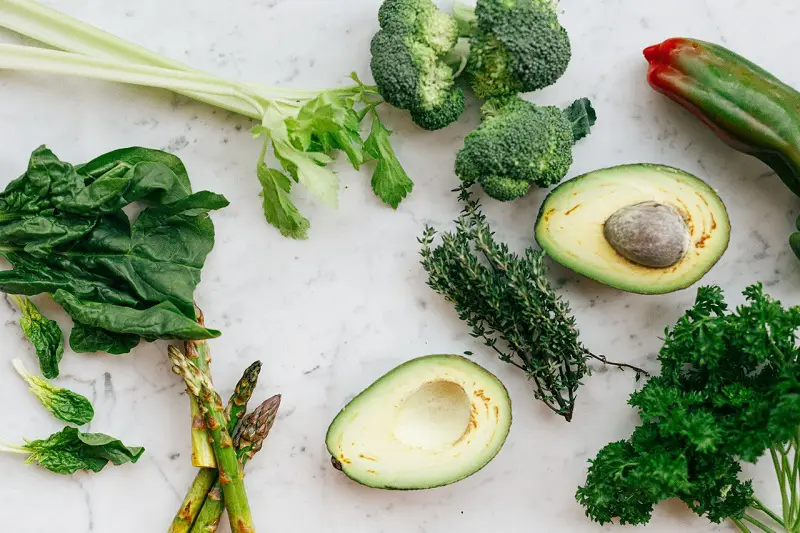
In recent times, more eco-friendly measures have been put in place to ensure sustainable animal rearing. However, this type of agriculture is still a major culprit in greenhouse emissions. In fact, studies suggest that animal rearing generates more greenhouse gases than all modes of transportation combined (cars, aircraft, and trains).
More livestock also means more feeds necessary to feed them, thus, more clearing of forests to get land for growing feeder crops. Reducing our meat products consumption can significantly reduce this.
You can restructure your menu to include fewer meat products and add more veggies. Going for meatless days altogether isn’t such a bad idea either. This way, the demand for meat products and its production will reduce.
See related: 7 Best States for Sustainable Living
Planting Trees
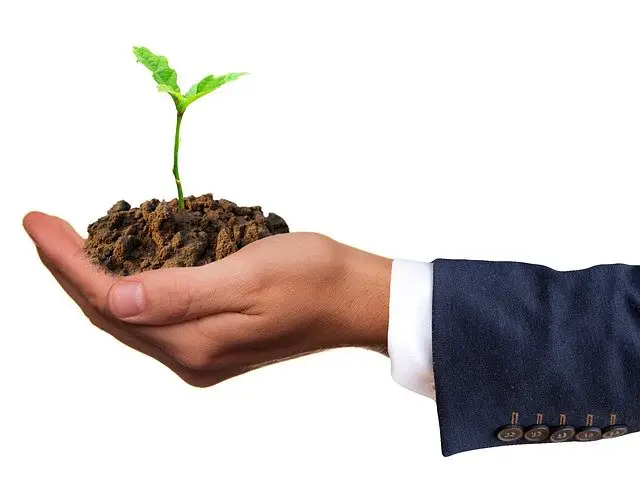
CO2 is a major contributor to global warming. On the other hand, trees help reduce the amount of CO2 in the atmosphere by absorbing it.
So, if you are wondering how to be an environmentalist, planting more trees is one of the easiest ways. More trees translate to more carbon dioxide absorption, reducing global warming effects.
Trees also offer a suitable environment for wild animals, abundant in food and shelter. In addition, they prevent soil erosion, which degrades the environment and pollutes our waterways.
Typically, trees are a source of life both to humans and wild animals. Even the houses we live in are mostly made of wood from these trees.
Nature Tours
As I mentioned earlier, it’s all about the simple things we do. Visiting places like nature reserves, wild sanctuaries, and parks is one way of supporting environmental preservation.
This helps you enjoy and appreciate nature, as you support these places’ preservation and conservation efforts. You can volunteer in activities such as animal feeding or educating visitors on the importance of protecting nature.
You can also encourage your friends, peers, and family members to do the same. If everyone takes just a small part in improving this world, future generations wouldn’t have to suffer the devastating consequences of a dilapidated planet.
Set a Good Example for the Younger Generation

Want to teach your kid or younger sibling how to be an environmentalist? Well, you certainly should do that. Imparting the passion and knowledge of the environment to our young generation is one sure way of continuing the fight on environmental protection.
Even when we no longer have the energy to do it ourselves, we will have left soldiers to fight for the same. It’s through the efforts towards environmental protection by Alexander von Humboldt, an early environmentalist who foresaw climate change, that we have environmentalism today.
The example we set today will help us nurture an environmentally conscious generation keen to protect and make the world a better place.
